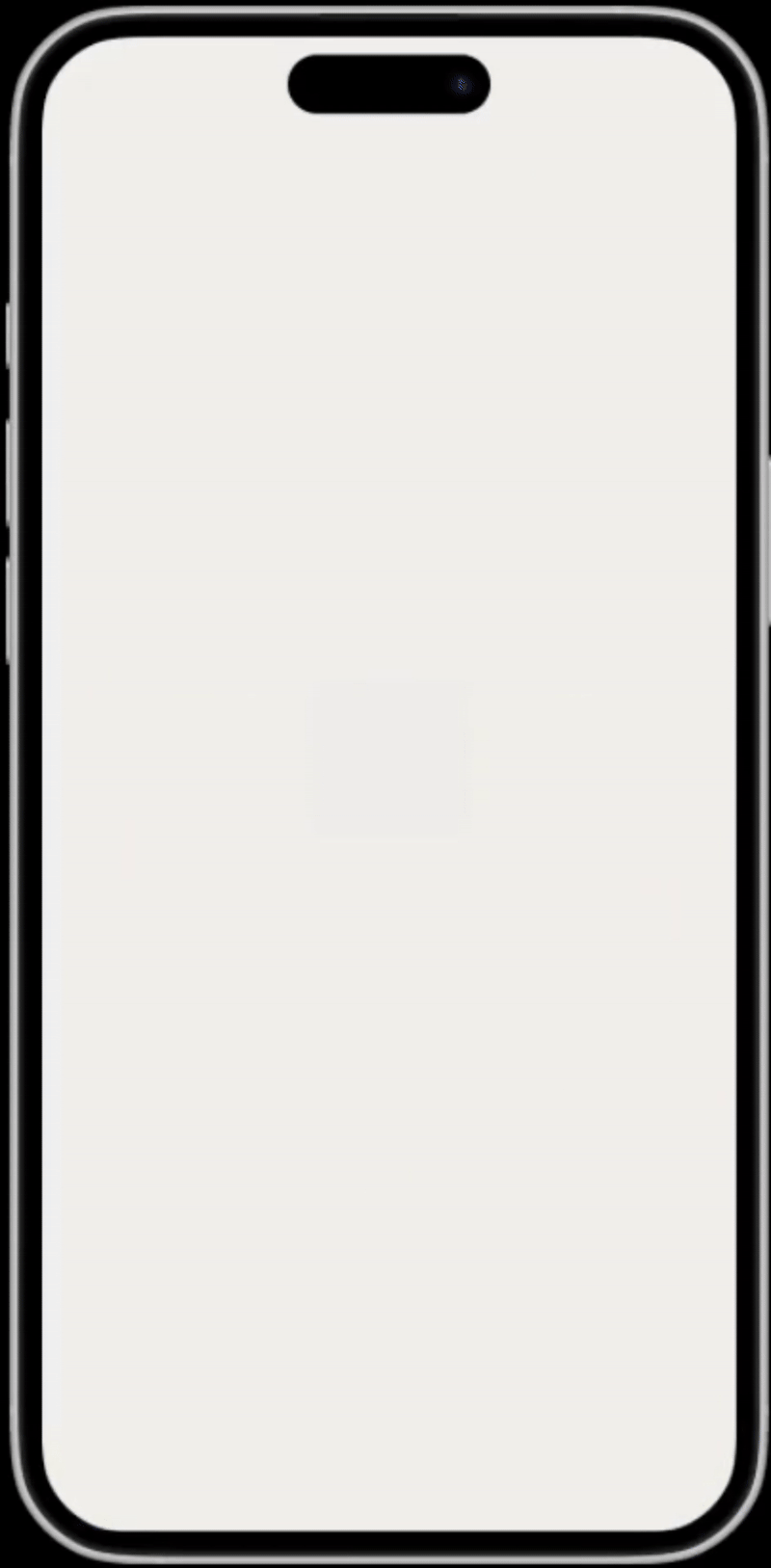Self-Checkout Supermarket App Concept

Problem Statement
Customers are frustrated by long checkout lines and lack easy access to offer details, especially those who prefer minimal public interaction.
Objective & Goals
A self-checkout app enabling customers to scan items, view offers, manage carts, and make payments, reducing wait times and enhancing shopping.

Design Process

Secondary Research Stats
The secondary research involved analyzing market trends, consumer behavior reports, and industry statistics to understand the demand for self-checkout solutions in Indian supermarkets.
55%
55% of Indian shoppers find long checkout queues to be their biggest frustration in supermarkets.
70%
Over 70% of urban Indians aged 18–45 use smartphones for daily tasks, including shopping
45%
45% of shoppers claim they miss out on offers due to insufficient information at checkout counters.
20-25%
A report by FICCI suggests that Indian retailers can reduce operational costs by 20-25% by implementing self-checkout systems, particularly in metro cities where labor costs are higher.
65%
A report by Nielsen India indicates that 60% of Indian shoppers are willing to use self-checkout options to avoid long queues, especially during peak hours.
Understanding the Problem

Product Users

Time-conscious, tech-savvy shoppers aged 18–45 who value convenience, minimal interaction, and easy access to discounts during their supermarket visits.


User Needs
A faster way to complete purchases without waiting in long queues.
Easily view product details and ongoing offers without seeking staff assistance.
A seamless and secure method to make payments directly through their smartphones.
Business Challenges
-
Aligning the app with POS, inventory, and payment systems.
-
Encouraging tech-shy users to embrace the app.
-
Ensuring customer information is safe and compliant with regulations.
-
Managing expenses for app updates and maintenance.
-
Ensuring the app handles high usage without lag.
User Personas


Features & Functionalities

In-App Product Scanner

Real-Time Cart Management

Seamless Payment Integration
Storyboarding
In-Store

In-App

User Flow
Scenario
User wants to buy a product without any human interaction

Style Guides
Colors

Typography

Design System
Icons

Components

Wireframes

To lay the foundation for a seamless checkout experience, I started with low- to mid-fidelity wireframes that mapped out the core user flow — from product scanning to payment confirmation. These wireframes focused on minimizing friction, ensuring easy navigation, and making key actions like “Scan,” “Cart,” and “Pay” instantly accessible.
While these wireframes captured the initial structure and intent, the final design included some refinements based on user feedback — such as improved visual hierarchy, icon adjustments, and more intuitive button placements to enhance usability.
Logo Animation

Visual Design
The visual design brings clarity, simplicity, and familiarity to the self-checkout experience. I focused on creating a clean and minimal interface that emphasizes ease of use, especially in a fast-paced retail environment.
By using a neutral color palette with strategic accent colors, intuitive icons, and clear typography, the final screens guide users effortlessly from scanning to payment. Every visual element was carefully crafted to enhance usability, reduce cognitive load, and create a frictionless journey.

A clean, focused layout that lets users start scanning products instantly with one-tap access to key actions.








